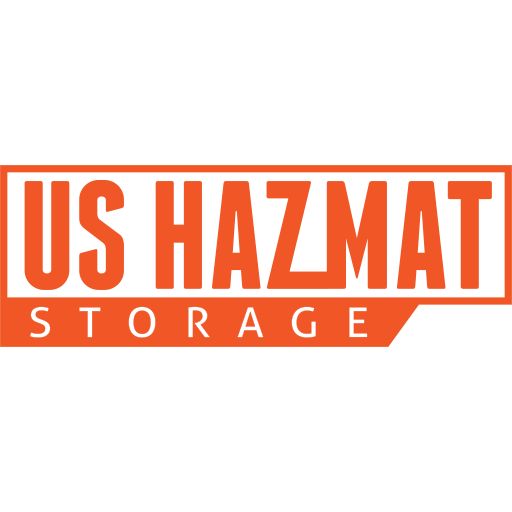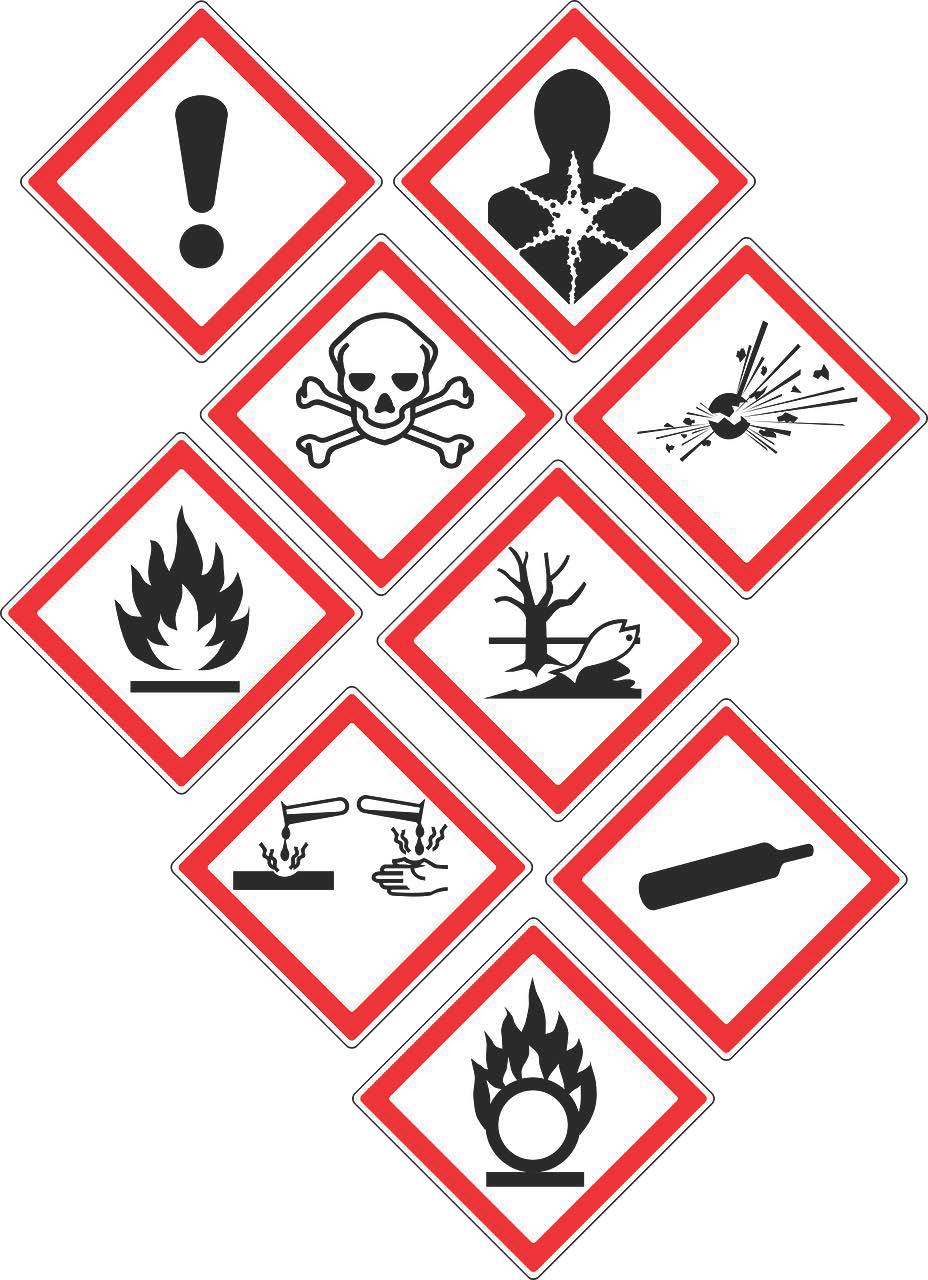Quickly evolving emergency responses can change the dynamics of rescue efforts. Earlier this week, firefighters responding to an industrial fire in High Point, NC, realized they would need more than water and hoses to handle the potential disaster. After suffocating the rogue flames with fire retardant, the brave rescuers grasped their hoses for renewed strength when they discovered leaking barrels possibly containing toxic chemicals. Although highly pressured water from standard hydrants is suitable for extinguishing most organic materials, certain hazardous chemicals react negatively with water, potentially exacerbating a problematic situation. Crews immediately halted their efforts and switched to a hazmat situation. Knowing which fire suppressant can safely douse industrial fires is crucial in containing the blaze while protecting first responders. Industrial managers should always clearly display the appropriate chemical warning signs for each hazardous material in their facility.
What are Chemical Warning Signs?
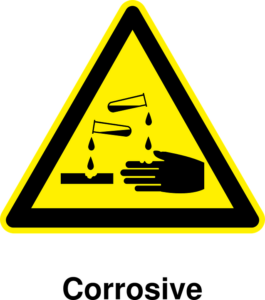
Chemical warning signs are brightly colored safety pictograms that depict potentially dangerous substances nearby. These mandatory pictograms help alert employees, facility guests, and firefighters of hazardous materials that pose safety risks. While heavy industry is teeming with commanding regulatory signage, chemical warning signs carry significant merit. Chemical pictograms are easy to read and contain minimal text, instead relying on universal symbols synonymous with danger. A skull and crossbones pictogram alerts workers of acute toxicity, while a flame with a black silhouette denotes flammable materials. Chemical warning signs help protect the environment by urging employees to exercise caution in preventing accidental spills and leaks. They also alert firefighters and rescue personnel of potential hazards so they can choose the correct suppressant and personal protection equipment before combating a chemical fire.
Chemical Warning Sign Placement
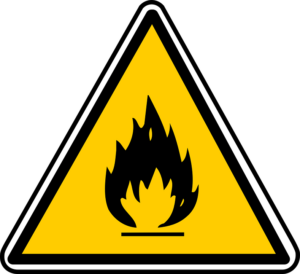
Chemical warning signs should be placed at the entry of a chemical inventory storage space. Placing caution signs on metal drums or IBC tote containers also underscores the gravity of negligent storage practices and materials handling. Constant reminders will encourage employee vigilance and diligence in chemical segregation. Furthermore, chemical warning signs should be legible, clearly visible, colorful, and placed at eye level. Each federally regulated hazardous material has a corresponding set of hazard pictograms unique to that chemical. Most chemical warning signs will depict multiple hazard pictograms if those pose various risks. Chlorine, for example, is a dangerous oxidizing acid that carries a low flashpoint, requiring multiple pictograms within the same chemical warning sign.
Signage and Chemical Storage
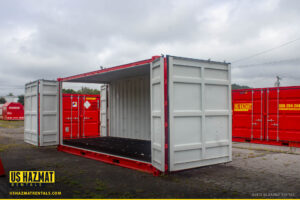
While important, hazard pictograms are only one piece of your overall safety management plan for dangerous chemicals. Chemical warning signs are rarely sufficient precautions for accidental exposures and incidents. OSHA says that no more than 25 gallons of flammable materials can be stored outside a compliant chemical storage locker. More than 1,700 chemical fires are reported annually. Protecting those chemicals in a fire-rated chemical storage locker could have prevented most of these infernos. Our four-hour and two-hour chemical storage warehouses can safeguard employees from many flammable liquids and combustibles. Although the chances of an industrial fire are never zero, consistent chemical storage practices minimize your chance of making the 6 o’clock news for all the wrong reasons. Contact us today for a free quote and consultation.

